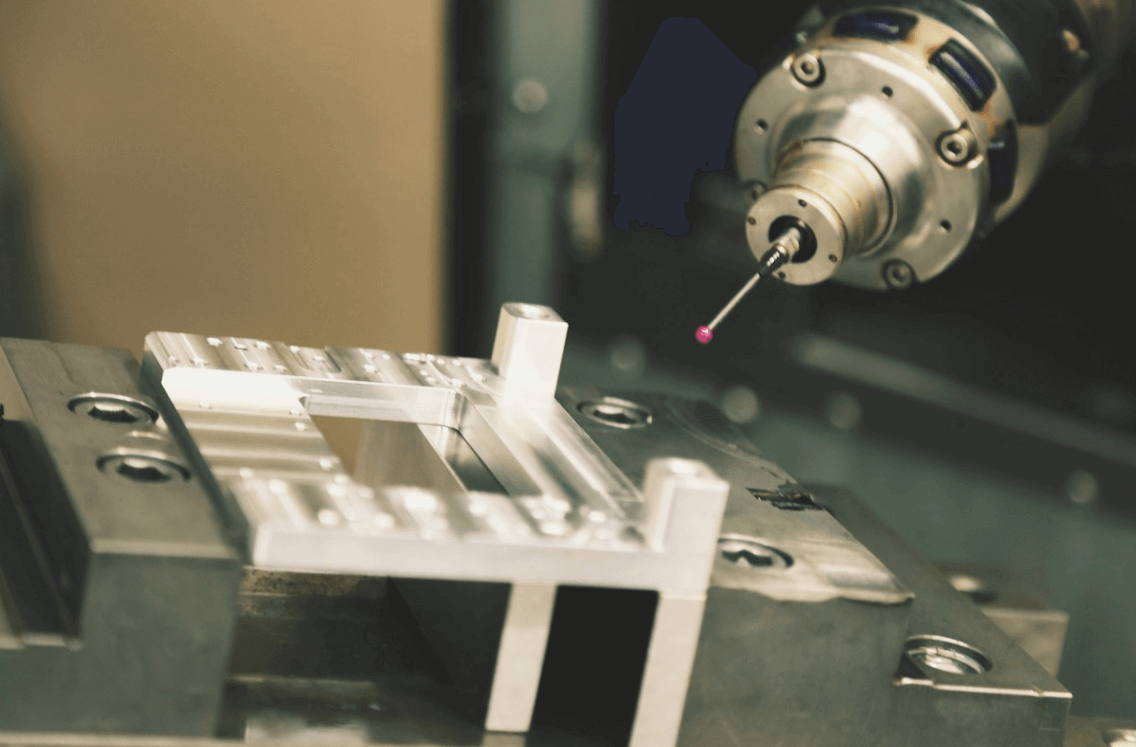The world is slowly but sure taking different directions in the manufacturing industry, and thanks to technology, several new innovative processes are being thrown into the mix, such as 3D printing and metal Machining. However, despite the fact that most of them are coming up, still, CNC (Computer Numeric Machining) remains by far the most widely used way of producing parts in the metal as well as most plastic types.
Therefore, it makes perfect sense that one learns the different methods and techniques involved in CNC machining. It’s helpful to understand how they work, and hence one can make an informed decision when looking to do their projects.
CNC Metal machining Techniques
Turning
Turning is most probably the first CNC machine operation and involves clamping the workpiece into a rotating mandrel or plate. The cutting tool is usually of more hardness than the workpiece. Turning is the best option when removing a large amount of material within a short period; therefore, it makes it the best technique in rapid prototyping.
The technique is in the subtractive metal machining spectrum since the material is usually removed from the workplace. It’s ideally the most effective technique when the prototypes they are manufactured are in a low volume.
Surface Grinding
Another significant CNC machining technique is surface grinding used in providing a precise as well as an accurate smoothing flat surface over a metal. In fact, each machined Aluminum that’s available in the market must undergo a surface grinding process to ensure that it acquires a smooth outer finish.
In this process, the workpiece is moved to and from under the grinder that rotates on a fixed axle. Moreover, the workplace is held in either way and if it’s ferromagnetic, they can be held by a magnetic chunk. However, if they’re non-magnetic, they can be held by the mechanical means or even by vacuum in some cases.
A spinning disk is the grinder in this process and is covered in an abrasive grit with the coarseness of every grinder varying.
Milling
Milling is almost similar to turning, but the main differentiating factor is the fact that in turning, the workpiece is rotated while in milling, it’s the cutting tool that’s moved. Also, the workpiece is held horizontally with the cutting tool having the ability to move all three directions (X, Y, and Z).
It’s the ideal technique when removing material over a workplace for the complex as well as asymmetrical parts.
Wire EDM
This is a process that uses copper wire to conduct in high-voltage electric charge. A fresh wire is simply fed from the spool while the conductor is eroded during the process. Basically, the technique needs a pass-through, and it cannot be used in the blind hole.
It’s a technique that’s used on thick and hardened tool steel in making circular or even semi-circular features that are hard to make with the conventional cutting tools.
Cylindrical Grinding
It’s a technique that’s a combination of surface grinding and turning. The workplace is stationary, and the cutting tool rotates around it. The technique can be done on the outside or inside diameter of a workplace.
There are several other CNC metal machining techniques that can be used, such as solid sink EDM and optical grinding.
